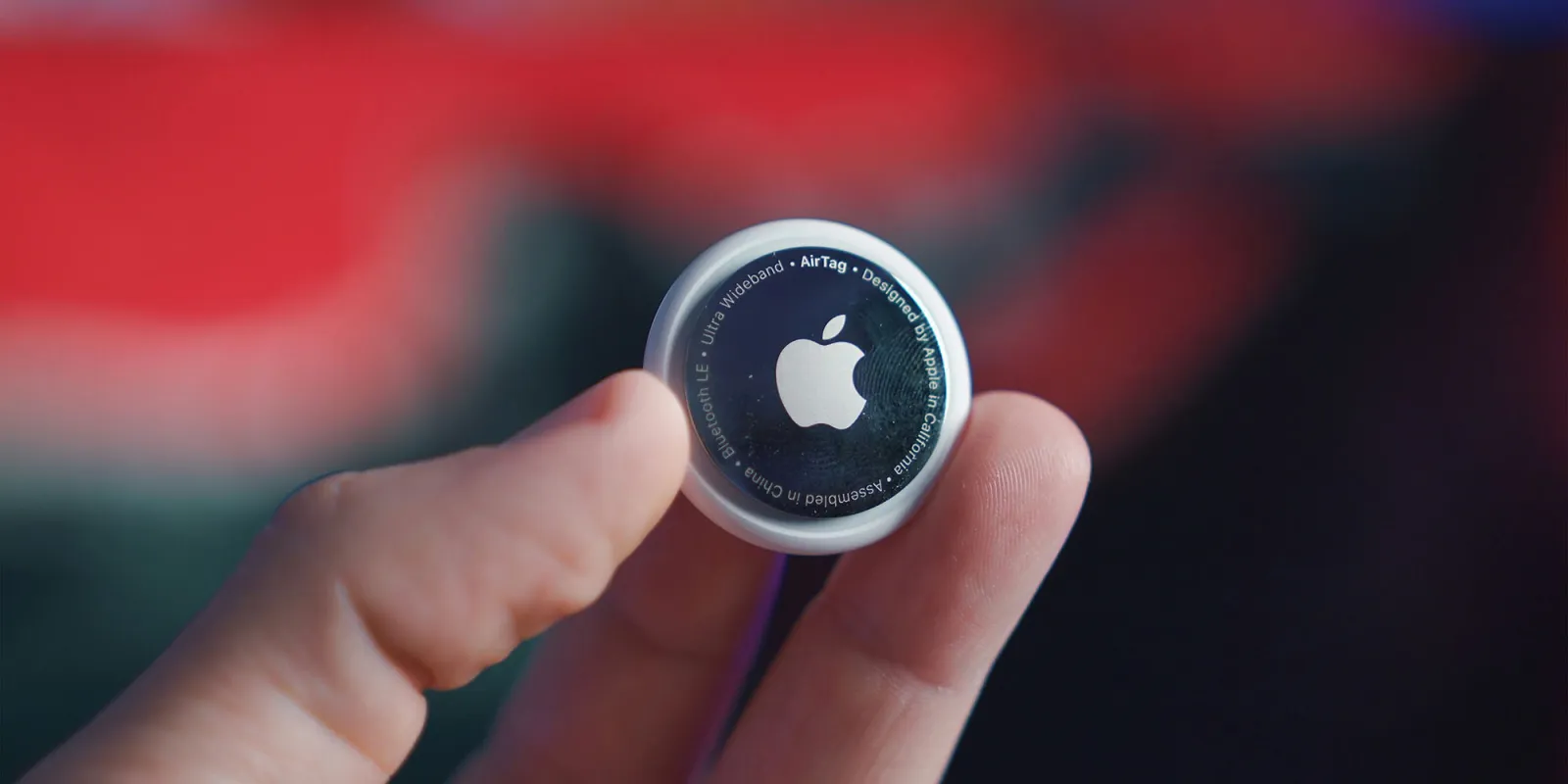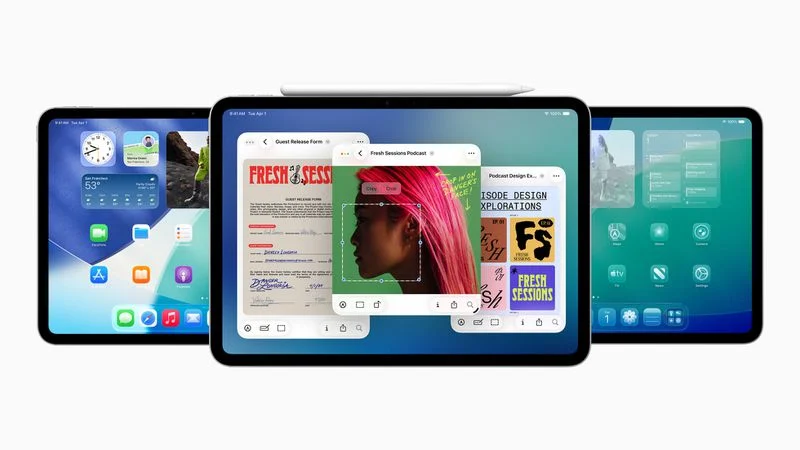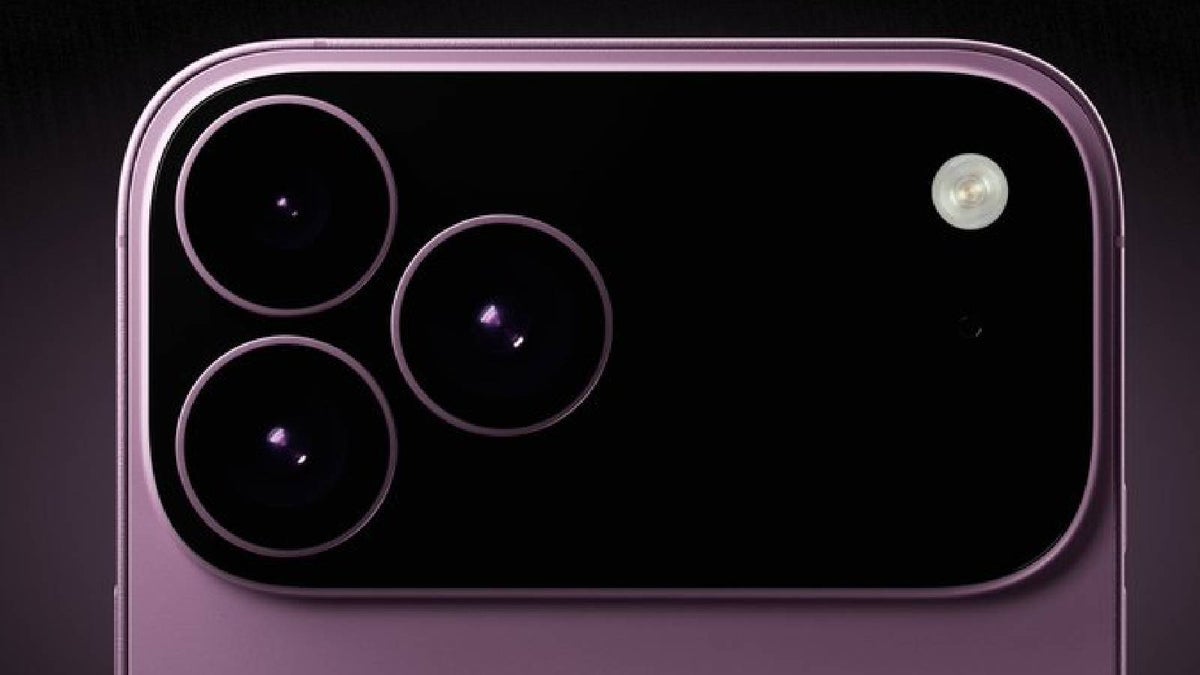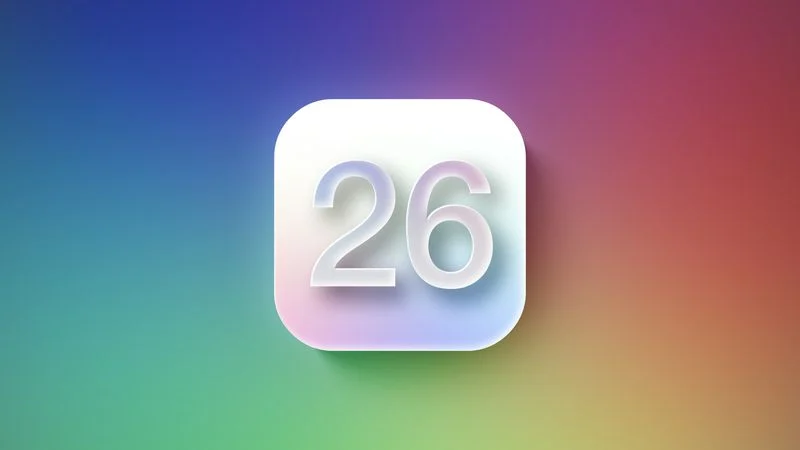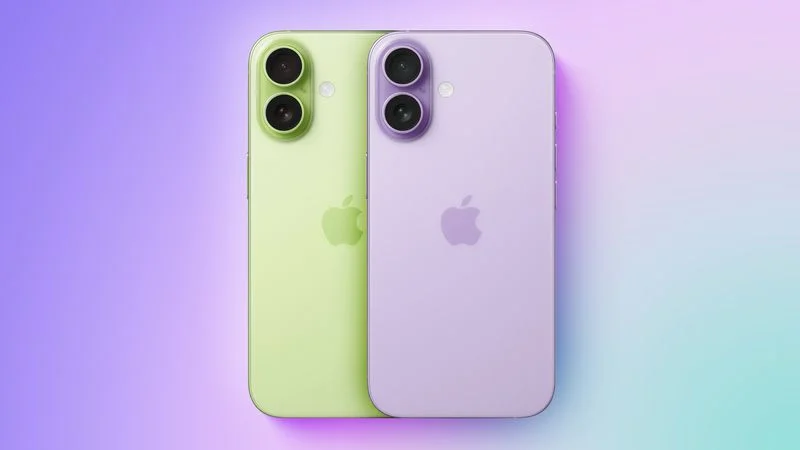Apple is planning some exciting updates for the iPhone, according to a reliable display expert. These changes will roll out over the next few years, starting in 2026. Here’s what you can look forward to. In 2026, the iPhone will have a smaller notch. Some parts of Face ID will still be visible at the top of the screen, but it’ll be less noticeable.
This is the first step toward a cleaner look. By 2027, Apple aims to hide most Face ID components under the display, marking the iPhone’s 20th anniversary with a special edition phone. The selfie camera will still need its spot, so a tiny hole might remain, but the notch will be gone.
In 2030, Apple plans to have a true all-screen iPhone. The selfie camera will move under the screen, leaving no holes or notches. This will give you a smooth, edge-to-edge display for a sleek, modern feel. These updates show Apple’s focus on making the iPhone look sharper and more advanced. The timeline might shift, as plans can change, but the future of iPhone design looks promising.


